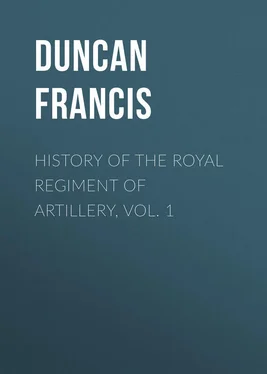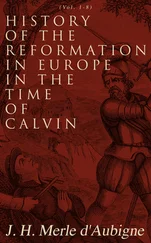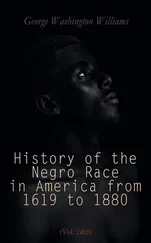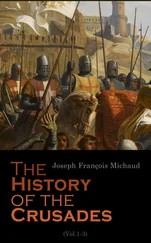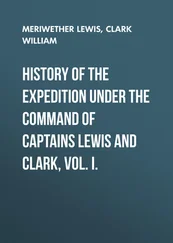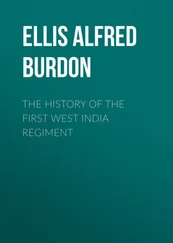Francis Duncan - History of the Royal Regiment of Artillery, Vol. 1
Здесь есть возможность читать онлайн «Francis Duncan - History of the Royal Regiment of Artillery, Vol. 1» — ознакомительный отрывок электронной книги совершенно бесплатно, а после прочтения отрывка купить полную версию. В некоторых случаях можно слушать аудио, скачать через торрент в формате fb2 и присутствует краткое содержание. Жанр: foreign_antique, foreign_prose, на английском языке. Описание произведения, (предисловие) а так же отзывы посетителей доступны на портале библиотеки ЛибКат.
- Название:History of the Royal Regiment of Artillery, Vol. 1
- Автор:
- Жанр:
- Год:неизвестен
- ISBN:нет данных
- Рейтинг книги:4 / 5. Голосов: 1
-
Избранное:Добавить в избранное
- Отзывы:
-
Ваша оценка:
- 80
- 1
- 2
- 3
- 4
- 5
History of the Royal Regiment of Artillery, Vol. 1: краткое содержание, описание и аннотация
Предлагаем к чтению аннотацию, описание, краткое содержание или предисловие (зависит от того, что написал сам автор книги «History of the Royal Regiment of Artillery, Vol. 1»). Если вы не нашли необходимую информацию о книге — напишите в комментариях, мы постараемся отыскать её.
History of the Royal Regiment of Artillery, Vol. 1 — читать онлайн ознакомительный отрывок
Ниже представлен текст книги, разбитый по страницам. Система сохранения места последней прочитанной страницы, позволяет с удобством читать онлайн бесплатно книгу «History of the Royal Regiment of Artillery, Vol. 1», без необходимости каждый раз заново искать на чём Вы остановились. Поставьте закладку, и сможете в любой момент перейти на страницу, на которой закончили чтение.
Интервал:
Закладка:
When a warlike expedition had been decided upon, the Master of the Ordnance was informed what size of a train of Artillery was required; but he was permitted to increase or decrease its internal proportions as he thought fit. To him also was left the appointment of all the officers and attendants of the train; and, with the exception of any belonging to the small permanent establishment, it was understood that the services of any so appointed were only required while the expedition lasted. This spasmodic method of organizing the Artillery forces of this country was sufficient to account for the want of progress in the science of gunnery, and the equipments of our trains, which is apparent until we reach the commencement of the eighteenth century. But it took centuries of stagnation, and of bitter and shameful experience, to teach the lesson that Artillery is a science which requires incessant study, that such study cannot be expected unless from men who can regard their profession as a permanent one, and the study as a means to an end; and that, even admitting the possibility of such study being carried on by men in the hope of occasional employment, it would be too theoretical, unless means of practice and testing were afforded, beyond the power of a private individual to obtain. Nor could habits of discipline be generated by occasional military expeditions, which, to an untrained man, are more likely to bring demoralization; it is during peace-service that the discipline is learnt which is to steady a man in the excitement and hardships of war.
As samples of the trains of Artillery before the Restoration, the following, of various dates, may be taken: and an examination of the constituent parts will well repay the reader.
The first is a train in the year 1544, already alluded to, and which was commanded by the Master of the Ordnance himself, Sir Thomas Seymour.
1. Train of Artillery ordered on Service in 1544 .
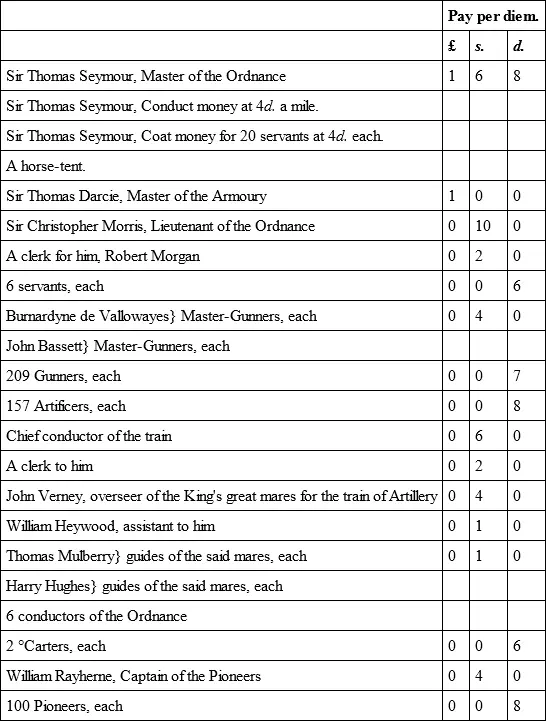
John Rogers, of the privy ordnance and weapons.
15 Gunners appointed to the brass pieces about the King's tent.
55 Gunners appointed to the shrympes, with two cases each.
4 carpenters.
4 wheelers.
3 armourers.
Charles Walman, an officer employed to choose the gunpowder.
N.B. – The pioneers received 2 s. a piece transport money from Boulogne to Dover, and conduct money from Dover to their dwelling-places – 4 d. a mile for the captain, and ½ d. for every pioneer.
Harl. MS. 5753.
2. Establishment of a Small Train of Artillery in 1548.

3. Establishment of a Train of Artillery in the year 1618.
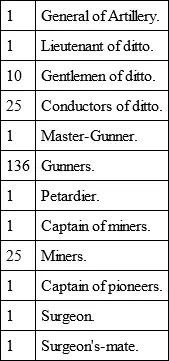
4. Establishment of a Train of 22 pieces of Ordnance in the year 1620.
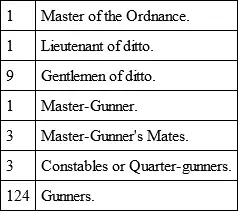
5. Establishment of a Train of 30 pieces in the year 1639.
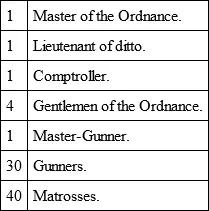
It will be seen that in Tables 2, 3, 4, and 5, the Artillery element is alone given. Nor are the proportions of the trains, and their constituent parts, such as to enable us to draw any fixed law from them. They are merely interesting – not very instructive. Table 1, on the other hand, is both interesting and instructive. The appearance of medical officers in the train of 1618, and of matrosses – a species of assistant-gunner – in that of 1639, will not have escaped the reader's notice.
In the next chapter we shall find that the presence of a man like Lord Dartmouth, and his predecessor, Sir William Compton, at the Ordnance, reveals itself in the greater method visible in the Artillery arrangements; and with the introduction of Continental artillerists, under William III., comes a greater experience of the value of Artillery, which nearly brought about, in 1698, that permanent establishment which was delayed by circumstances until 1716.
CHAPTER III.
The Restoration, and Revolution of 1688
The first step, of course, on the restoration of Charles II., was to undo everything in the Ordnance, and remove every official bearing the mark of the Protectorate. Having filled the vacant places with his own nominees, he seemed to consider his duty done, and, with one exception, the official history of the Ordnance for the next few years was a blank. The exception was the Company of Gunners at the Tower, which from 52, in 1661, rose to 90 in the following year, 98 in 1664, and then the old normal number 100.
But the work in the Department done by the Master-General, Sir William Compton, although not of a demonstrative character, was good and useful, and prepared the way for the reformations introduced by his more able successor, Lord Dartmouth. The Master-Gunners of England were now chosen from a higher social grade than before. In 166 °Colonel James Weymes held the appointment, followed in 1666 by Captain Valentine Pyne, and in 1677 by Captain Richard Leake. A new appointment was created for Captain Martin Beckman – that of Chief Firemaster. His skill in his department was rewarded by knighthood, and he held the appointment, not merely until the Revolution of 1688, but also under William III., having apparently overcome any scruples as to deserting his former masters. A Surveyor-General of the Ordnance, Jonas Moore by name, was appointed in 1669, who afterwards received permission to travel on the Continent to perfect himself in Artillery studies, for which purpose he received the sum of 100 l. a year.
The names of the Ordnance in the various fortifications in England during the reign of Charles II. were as follows: —
Cannon of 8.
Cannon of 7.
Demi-cannon.
24 prs.
Culverings.
12 prs.
Demi-culverings.
8 prs.
6 prs.
Sakers.
Mynions.
3 prs.
Falcon.
Falconett.
Brass baces of 7 bores.
Inch and ¼ bore, and 7 other sizes.
Cannon of 7.
Demi-cannon.
24 prs.
Culverings.
12 prs.
Demi-culverings.
8 prs.
6 prs.
Sakers.
Mynions.
3 prs.
Falcon.
Falconett.
Rabonett.
18½ in. 5 5 The brass 18½-in. mortars were used at the Siege of Limerick in 1689, and in the porch of the cathedral in that city one of the shells is still to be seen. An interesting account of Artillery details at that siege is to be found in Story's 'History of the Wars in Ireland.'
16½ in.
13¼ in.
9 in.
8¾ in.
8 in.
7¾ in.
7¼ in.
6½ in.
6¼ in.
4½ in.
4¼ in.
12½ in.
4¼ in.
Taken from Harl. MS. 4244.
The reader will observe the immense varieties of mortars, and the large calibres, compared with those of the present day. They were much used on board the bomb-vessels; but it is difficult to see the advantage of so many small mortars, varying so slightly in calibre.
Читать дальшеИнтервал:
Закладка:
Похожие книги на «History of the Royal Regiment of Artillery, Vol. 1»
Представляем Вашему вниманию похожие книги на «History of the Royal Regiment of Artillery, Vol. 1» списком для выбора. Мы отобрали схожую по названию и смыслу литературу в надежде предоставить читателям больше вариантов отыскать новые, интересные, ещё непрочитанные произведения.
Обсуждение, отзывы о книге «History of the Royal Regiment of Artillery, Vol. 1» и просто собственные мнения читателей. Оставьте ваши комментарии, напишите, что Вы думаете о произведении, его смысле или главных героях. Укажите что конкретно понравилось, а что нет, и почему Вы так считаете.
